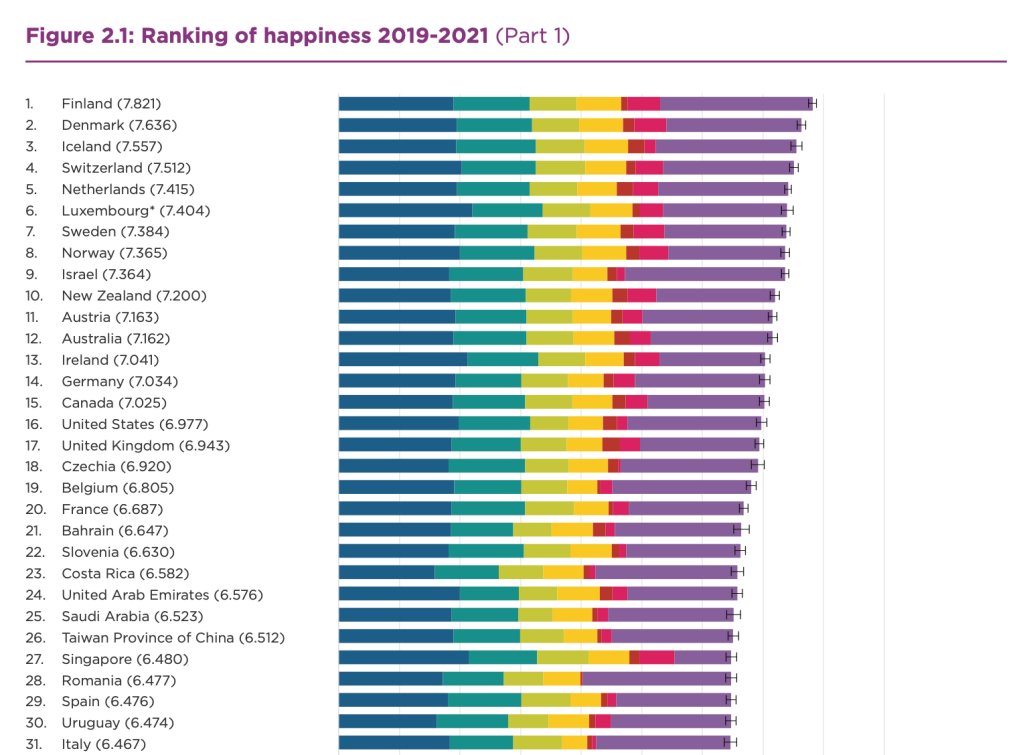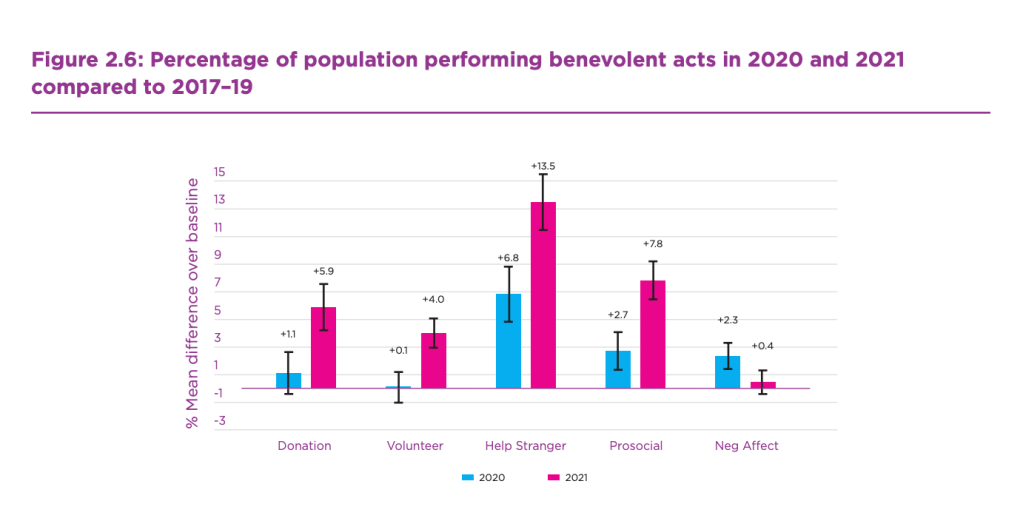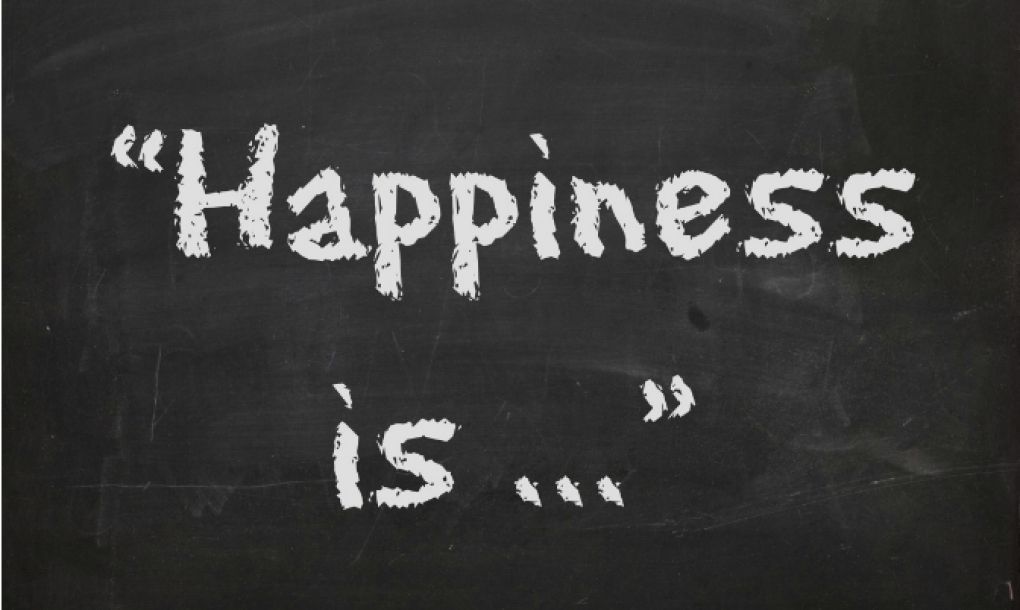Happiness Indexed.
The headline from Gallup this morning is the “World Happiness Report Shows Bright Spots in Dark Times”. In the world of casual research, happiness is an extremely difficult term to define.

The headline from Gallup this morning is the “World Happiness Report Shows Bright Spots in Dark Times”. In the world of casual research, happiness is an extremely difficult term to define.
According to Etymology Online (n.d.), the word for “happy” in most languages came from the word for “lucky.” This suggests an interesting trend—perhaps our ancestors believed that happiness was largely a by-product of luck? Maybe.
I synthesized several different definitions to find a suitable candidate for our discussion. Happiness is an emotional state characterized by feelings of joy, satisfaction, contentment, and fulfillment.

According to Gallup’s World Happiness Report which is 158 pages long, happiness is best described as subjective well-being. The rankings are excerpted below from Gallup’s report. Finland is #1 again. The United States is #16 and so on.


John F. Helliwell is a Canadian economist and editor of the World Happiness Report. “We found during 2021 remarkable worldwide growth in all three acts of kindness monitored in the Gallup World Poll. Helping strangers, volunteering, and donations in 2021 were strongly up in every part of the world, reaching levels almost 25% above their pre-pandemic prevalence. This surge of benevolence, which was especially great for the helping of strangers, provides powerful evidence that people respond to help others in need, creating in the process more happiness for the beneficiaries, good examples for others to follow, and better lives for themselves.”

Severi Keinälä, Commissioner General of Finland at Expo 2020 Dubai, upon hearing the results of the 2022 report offer his explanation. “The foundation of happiness is built on peace, security, and predictability. Finland has made consistent, long-term efforts to develop systems that support personal happiness,”
Congrats to my brothers and sisters in Finland! And to my fellow human being for your benevolence.
I ventured over to the positive psychology (positivepsychology.com) folks to see what they thought about the concept of happiness. And, strangely enough, they were hunting for a definition of happiness too. They began with the Oxford English Dictionary’s definition of “happy”: “Feeling or showing pleasure or contentment.”
Happiness is the state of feeling or showing pleasure or contentment. From this definition, they get the following takeaways about happiness:
- Happiness is a state, not a trait; in other words, it isn’t a long-lasting, permanent feature or personality trait, but a more fleeting, more mallable or a changeable state.
- Happiness is described as feeling pleasure or contentment, meaning that happiness is not to be confused with joy, ecstasy, bliss, or other more intense feelings.
- Happiness can be either feeling or showing, meaning that happiness is not necessarily an internal or external experience, but can be both.
Now we have a better grasp on what happiness is—or at least, how the Oxford English Dictionary defines what happiness is. However, this definition is not the end-all, be-all definition of happiness. In fact, the definition of happiness is not a “settled” debate.
According to researchers Chu Kim-Prieto, Ed Diener, and their colleagues (2005), there are three main ways that happiness has been approached in positive psychology:
- Happiness as a global assessment of life and all its facets;
- Happiness as a recollection of past emotional experiences;
- Happiness as an aggregation of multiple emotional reactions across time (Kim-Prieto, Diener, Tamir, Scollon, & Diener, 2005).
Although they generally all agree on what happiness feels like as being satisfied with life, in a good mood, the feelings of positive emotions, and enjoyment, researchers have found it difficult to agree on the scope of happiness. Geez, can’t the scientific community ever be happy?
On the hand, Gallup’s Annual Happiness Ranking has firmly settled on 7 facets to their survey for comparison.
As it is in my nature to continue to dig, I wondered what general psychology has to tell us about happiness?

There are many theories of happiness, but they fall into one of two main categories based on how they conceptualize happiness (or well-being):
- Hedonic happiness/well-being is happiness conceptualized as experiencing more pleasure and less pain; it is composed of an affective component and a cognitive component like satisfaction with one’s life;
- Eudaimonic happiness/well-being conceptualizes happiness as the result of the pursuit and attainment of life purpose, meaning, challenge, and personal growth; happiness is based on reaching one’s full potential and operating at full functioning (AIPC, 2011).
Humans may resemble many other creatures in their striving for happiness, but the quest for meaning is a key part of what makes us human, and uniquely so.Roy Baumeister et al. (2013)
Some theories see happiness as a by-product of other, more important pursuits in life, like meaning, purpose, and contribution to humanity, nation, or family. While other researchers see the state of happiness as the end-goal for humans. A few theorists state that pursuing happiness is pointless, although pursuing other important experiences and feelings may contribute to greater happiness in an odd paradox.
Finally, I landed on Sonja Lyubomirsky, Ph.D., a professor of psychology at the University of California, Riverside, and the author of The How of Happiness: A New Approach to Getting the Life You Want. Lyubomirsky reveals more than a dozen “happiness strategies” that are mindful, intentional activities to engage in that can result in a happier life in her book. These include exercises in thinking and acting optimistically when imagining your future. She offers 12 “hows” to savoring the pleasures of life and relishing the moment.
The 12 ‘hows’ to being happy are:
- Expressing gratitude
- Cultivating optimism
- Avoiding overthinking and social comparison
- Practicing acts of kindness
- Nurturing social relationships
- Developing strategies for coping
- Forgive
- Increasing flow experiences
- Savoring life’s joys
- Committing to your goals
- Practicing religion and spirituality
- Taking care of your body
According to Lyubomirsky, by following these twelve strategies, we can find happiness. I prefer Sonja’s tangible, action-oriented approach to the challenges of finding and sustaining happiness over mere theories.
Until next time. Be happy.

